|
John Kay
18-19th Century British Caricaturist |
||||||
|
|
Captain Mingay
This print is about the little man in the basket, George (or Geordie) Cranstoun. Cranstoun was a well known figure in Edinburgh, clever and entertaining, who would take jobs to sing and tell stories at gatherings. Typically he would drink too much and would need assistance getting home. Kay depicted the character as riding in a basket or creel on a porter’s back, with one Captain Mingay leading the way.
|
|||||
|
The Daft Highland Laird, John Dhu, or Dow, alias MacDonald, James Robertson, known as the Daft Highland Laird, talked through a figure on a stick. He a tried his best to be sent back to prison where he had acquired his lunacy. John Dhu was the well-known and much beloved City Guard who was tough on the outside and gentle on the inside. Jamie Duff had serious mental problems (an "idiot") and assumed the role of a mourner at every funeral in Edinburgh. This is one of Kay’s first images; he loved eccentrics.
|
||||||
|
Three Legal Devotees Mary Walker was Andrew Nicol’s neighbor and they shared a backyard fence. Walker accumulated a midden or pile of rubbish that Nicol found abhorent. He took her to court a number of times, quite unsuccessfully. He in fact spent most of his time and money in court over the rubbish pile. The pair is pictured by Kay with Nicol’s advotate, John Skene. The plate below is Kay’s portrait of Nichol and his lawsuit documents.
|
||||||
|
Andrew Nicol Andrew Nicol was the plaintiff in the scores of lawsuits surrounding the rubbish pile along his backyard fence belonging to one Mary Walker. Kay found him a worthy subject of his own portrait, and presented him as crazed and obsessive, punching his finger to one of his legal documents designed to bring his neighbor into submission. He eventually landed in the poorhouse because all his worth was consumed in his lawsuits. Kay loved to draw stories from the day’s news, reminding us that fact is better than fiction.
|
||||||
|
Beetty Dick
The town crier in medieval times was the
primary source of news. In smaller towns this job was held by an
elderly matron who gathered attention by clapping a wooden spoon on a
metal pan. Beetty Dick was the crier
|
||||||
|
John Dhu John Dhu (Shon Dow or John Doe), who appeard in three of Kay’s prints (all in this exhibit), was a member of the Edinburgh Town Guard. Earlier credentials find him as a Member of the Royal Highlanders fighting in the Battle of Ticonderoga in the American Revolution in 1758. Kay depicted Dhu as a hard and determined law officer, but original notes on this print reveal he also had a fair and generous spirit.
|
||||||
|
Isobel
Taylor Also known as Widow Ellis, Isobel is said to have led an uninteresting life but in her old age displayed "an unusual degree of freshness and vigor." Kay made this print from a painting by one Wm. Donaldson of Edinburgh. It is an obvious celebration and honoring of her long life.
|
||||||
|
Dr. James Hamilton, Senior Hamilton was one of Edinburgh’s best-known physicians, and became part of Kay’s repertoire of walking, full-figure profile portraits. Kay did scores of such walking figures, almost always of well-known local aristocrats. The sameness of Kay’s presentation of them seems to imply a sameness in their societal role as representatives of cookie-cutter correctness. Kay saw them as boring and tended to depict them that way.
|
||||||
|
Alexander Hunter, Esq. of Polmood and Roger Hog, Esq. of
Newliston
|
||||||
|
Byrne the Irish Giant Byrne was a celebrated giant over 2.5 meters tall who visited Edinburgh. Kay pictured him with several local gentlemen that included little Geordie Cranstoun. He rendered the strange meeting even stranger by exaggerating the difference in the size of the giant and the midget. Reports place Byrne’s remains in a London museum yet today.
|
||||||
|
Mr. Thomas Blair
|
||||||
|
Miss Burns (or Matthews)
came to Edinburgh from Durham in 1789 at the age of 20. Her youth,
beauty and sophistication drew much attention, especially at the
"Evening Promenade." The "fame of her charms" created enough
controversy as to be formally asked to leave town. She didn't.
She died, however, in 1792 at age 23.
|
||||||
|
Dr. Alexander Hamilton
Hamilton was a Professor of
Midwifery at the Univerity of Edinburgh. Kay presented him in his
typical walking-profile gesture, but added a pair of
extravagantly-dressed ladies in the background. They don’t seem to
relate to Hamilton and appear to be part of a doctor-client
caricature. Kay’s style of social satire
often involved the mixing
|
||||||
|
An Exchange of Heads Kay presented three of Edinburgh’s most unsavory residents in this print. He choose to create a caricature of the three bodies rather than disparage their characters. The two facing men, Arnot and McPherson, are shown with the other’s head on their bodies, Arnot’s small head on McPherson’s stocky body, and vice versa. The slovenly Roger Hogg completed the trio, and Kay displayed only his fat back.
|
||||||
|
William Mason Masons' primary job as Secretary to the Grand Lodge was to entertain the Grand Master whenever he visited, "which duties he performed with great credit for many years." He was known for one joke and a funny incident about spilling his ale. Kay graced Mason with two sorts of caricature. One, he inscribed his vague title below his portrait rather than his name, implying that neither was remarkable. In the other Kay graphically depicted every aspect of his image as being round: the frame itself is round, Mason's shoulders, face, eyes, cheeks, chin, dimple and neck are round, as is his hat, the curls of his wig and even the gap in his buttoned vest is round. A capital caricature indeed!
|
||||||
|
Captain Hind John Kay’s fascination with Captain Hind had to do with a story known to most Edinburghers: Hind was in love with a local "celebrated beauty” who detested her admirer. Hind’s rejection only served to inflame his passion. Kay depicted him half running, mouth open, with a oddly-angled hat lending strangeness to the otherwise perfectly presented gentleman..
|
||||||
|
Mr John Shiells John Shiells was a well-known Edinburgh surgeon who, over the years, had grown so fat that it was difficult for him to walk. He acquired a horse but was too big to mount it. He hired a man to help him on and off his horse. Kay’s satirical caricatures were often about such oddly human situations
|
||||||
|
Mr. Thomas
Neil This "son of song" was, for some 40 years, the choirmaster of Edinburgh's "Old Church." In the church he did his work capably and well; in the tavern, however, he was "glorious." His drinking song repertoire was endless and the crowds especially enjoyed his mimicry of local characters. Kay depicted him in his role as the "old wife" - kerchief on his head, lips tight and long chin forward. His song-making seldom earned enough; he sang for love and not profit, so his day job was a coffin maker.
|
||||||
|
Colonel Monro The Blue Gowns were an order of paupers or beggars in 18th century Edinburgh who were allowed to beg for alms and receive other favors in return for praying for the Crown. They were identified by their costume which included a blue gown and leather bag in which their government stipend was kept. Of Colonel Monro it is said nothing is known other than he was a familiar figure in the streets, a perfect subject for the pen of Kay
|
||||||
|
James Robertson of Kincraigie
Robertson, also known as "The Daft Highland Laird,” possessed an eccentricity Kay addressed several times. Robertson’s staff was topped with a carved head in the likeness of local Edinburghers, in this case John Duh. He enjoyed confronting people with and often speaking through this staff. In this print he confronted a man whose name is not known, nor is the young lady walking in the background. This is one of Kay’s first attempts at etching
|
||||||
|
Andrew
Donaldson Donaldson was capable, intelligent, and educated, but he lacked patience for his profession of teaching Greek and Hebrew to lazy students. He quit teaching and became a full-time eccentric. He insisted it was a sin to shave his beard; he donned the long-robed attire of the ancients and walked with a tall staff. He literally memorized the bible and repeated proper verses for most any occasion. He insisted that he should not eat unless he worked so he ate only when he found work. He was a perfect subject for Kay's pen.
|
||||||
|
The Woman Who Minded Her Own Affairs
|
||||||
|
John Wright, Esq Kay often portrayed Edinburghers in head-and-shoulder portraits. Usually these were quite accurate representations. With John Wright the temptation was too great not to do him in caricature. Wright was an advocate whose speech was so slow and mushy-mouthed, with a disposition to match, that he seldom won arguements in court. Kay’s representation of Wright as an 18th century Homer Simpson is quite delightful.
|
||||||
|
It is told that this scene occurred in Parliament Square in Edinburgh, and was visible from Kay's shop window. Mr. Anderson is in the act of inviting his friend Mr. Hunter to dinner. Hunter is profoundly deaf, and Anderson must approach him quite closely to make sure he is heard. Hunter's son George stands in the background. Kay reported that son George was quite upset after the print appeared because he was not as tall as his father. The scenario, quite mundane to the casual observer, becomes precisely the sort of event Kay delighted in immortalizing.
|
||||||
|
James Mackcoull alias Captain
Moffat This quiet-looking gentleman is either extremely shy or seriously afraid - his visual demeanor could suggest either. The fact is that Kay depicts him "at the bar of the high court of the judiciary," facing the sentence of hanging for his crimes. Kay pictures him literally holding his breath. After a full and illustrious life of crime, he claims engendered by his mother, Mackcoull went crazy and died in prison before he could be executed.
|
||||||
|
From youth to extreme old age this sweet fellow was an inveterate walker, going many miles all over Edinburgh before breakfast. As he grew older he would walk up and down Prince St. where he lived, and when he couldn't walk any more he sat on his porch in the fresh air. He is shown in his complete "walking gear" with special boots, his stick and broad brimmed hat. Looking on is his loyal servant who went with him everywhere. In real life Craig was an advocate, judge, and legal scholar, wealthy and eccentric. Once on a walk he met a beggar without shoes. Craig removed his own, gave them to the man, and continued on his way.
|
||||||
|
John Kay John Kay was a true outsider artist, one of the earliest of the naive tradition. Originally an Edinburgh barber, Kay worked full-time engraving miniature "portraits" of fellow Edinburghers. His work today is seen as caricature, but was not always meant to be; he was entirely untrained and the naive character of his art often simply betrays the extent of his skills. During an otherwise ordinary lifetime, Kay produced over 900 engravings, all unknown today except for a few more than 300. He produced no books of his work during his lifetime, nor were there any exhibits of his prints. Many of his pieces were purchased by their subjects for the sole purpose of destroying them. On several occasions Kay was attacked by someone whose portrait he created. He was by no means acknowledged during his lifetime. nor was he ever considered an important artist, although his work is garnering some attention as the art world begins to explore the unique works of the untrained "outsider" artist. At the same time, very few artists can boast of having over 300 original works in the collections of the British Museum.
After Kay died in 1826 his
work was "discovered" by one Hugh Patton who gathered his plates,
assembled the stories about the portraits from Kay's notes, his wife,
and several acquaintances, and began publishing them. In 1837-38
two volumes of engravings were published. In 1842 another edition
was released, and finally in 1877 a revised edition was produced from
plates acquired from the estate. Since that time no other works
have been published utilizing Kay's copper plates. All prints in
existence today are pulled from Kay's original plates, including those
in this collection. All plates were lost after 1877. These original prints are in the archives / collection of Imagi Gallery.
The exhibit then traveled to Tartu, Estonia in
January 2012 and was held at the Tartu Linnamuuseum
Imagi Gallery |
|
|||||
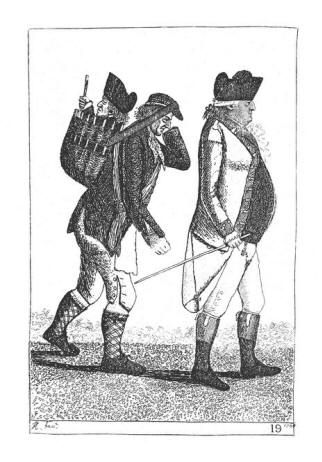
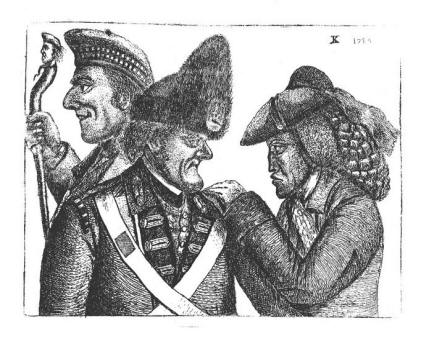
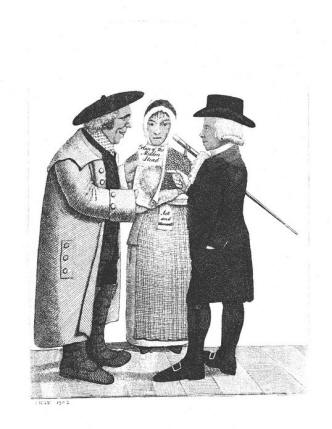
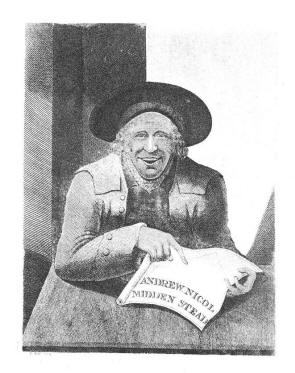
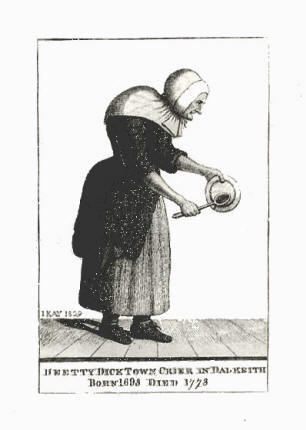

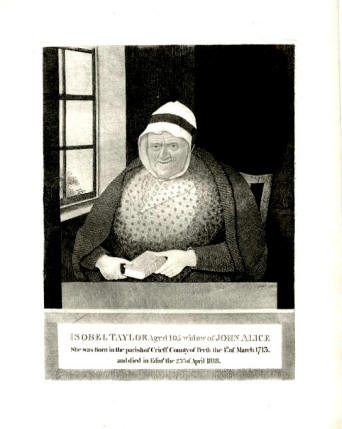
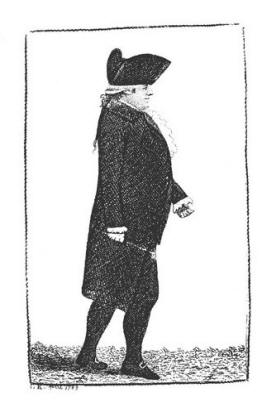

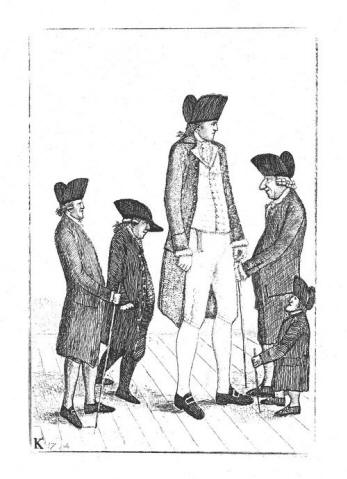
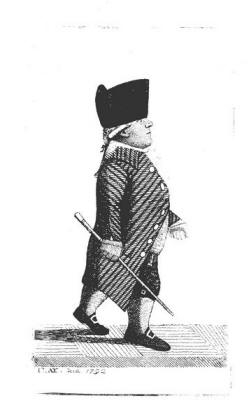
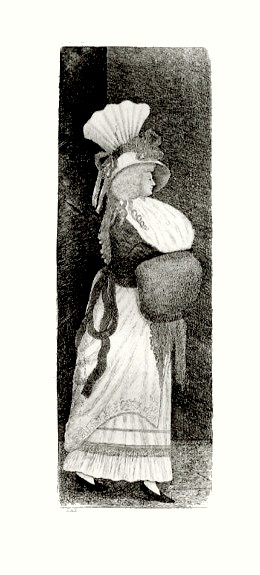
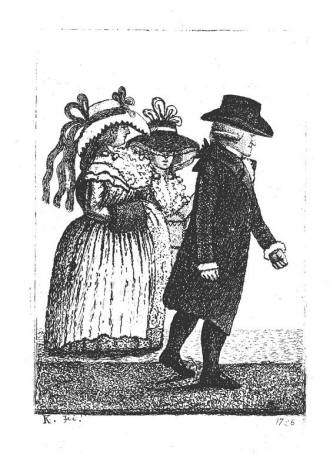
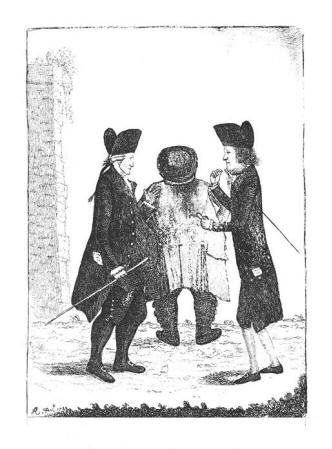
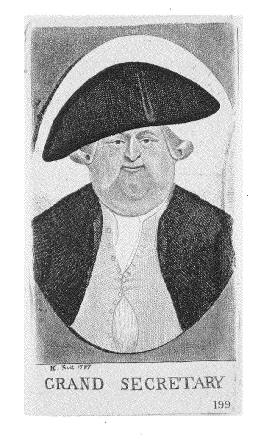
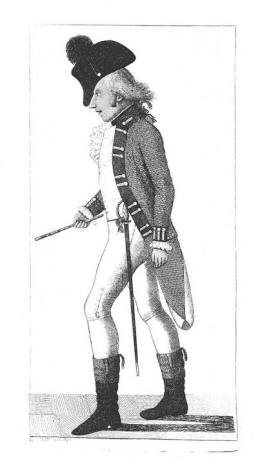
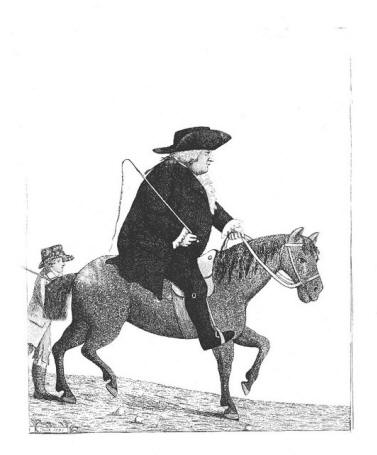
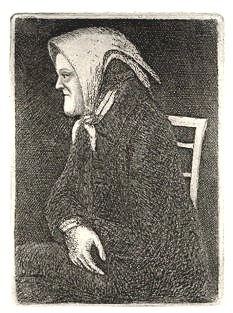
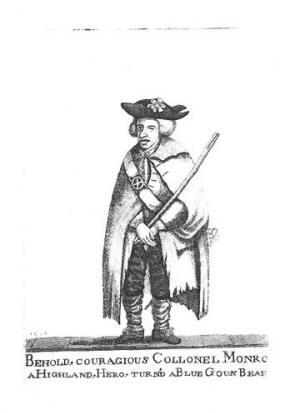
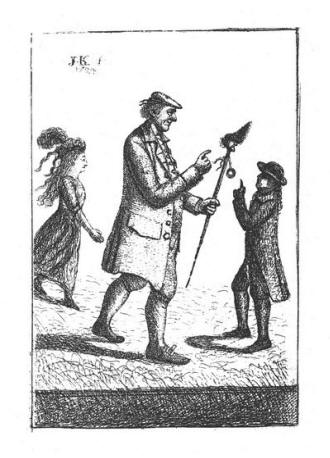
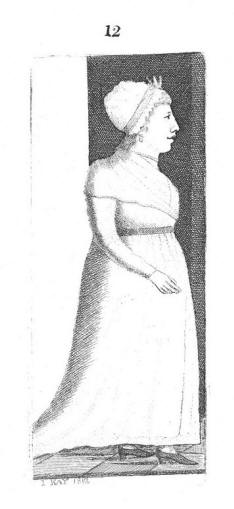
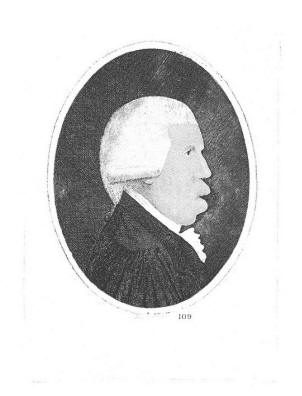
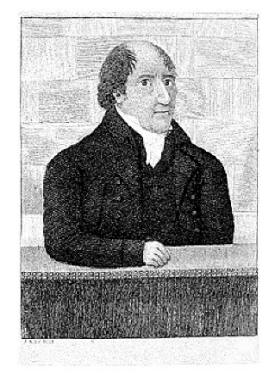
.jpg)